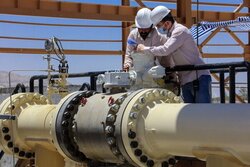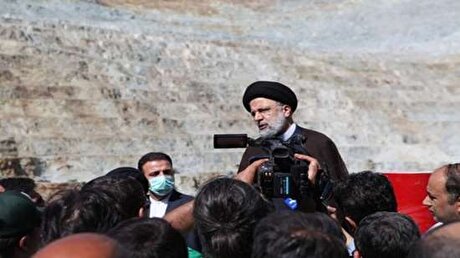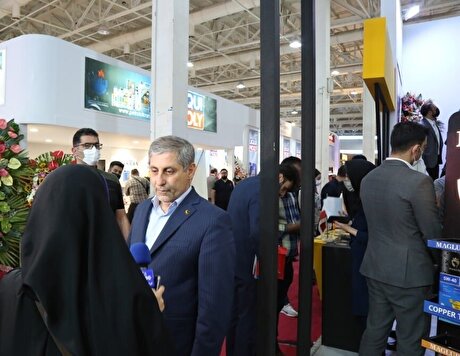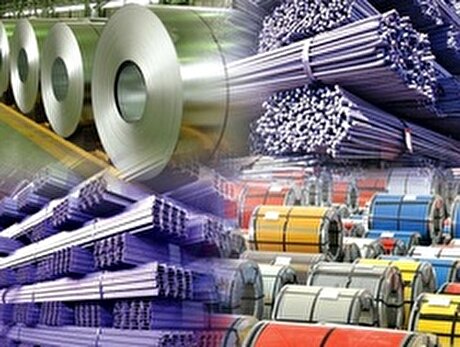Jask oil terminal’s storage capacity to be increased

Regarding the storage tanks of the Goreh-Jask oil pipeline project, Abdollah Ahmadi said that 20 tanks, each with 500,000 barrels capacity, with a total storage capacity of 10 million barrels will be set up in Jask.
On July 22, Iran started pumping oil into Goreh-Jask strategic pipeline. The project was officially inaugurated by a direct order from President Hassan Rouhani via videoconference.
The national and strategic project for the transfer of crude oil from Goreh in southwestern Bushehr province to Jask terminal in southern Hormozgan province, with the support and leadership of the Ministry of Oil and the National Iranian Oil Company (NIOC) was implemented benefiting from the highest domestic capabilities.
Goreh-Jask pipeline project is going to provide Iran with an alternative route for the country’s crude oil exports that are currently carried out through the Strait of Hormuz. The pipeline will open a new gate for Iranian oil to the Indian Ocean by transferring it from Goreh in Bushehr Province to Jask on the shores of Oman Gulf.
Implementation of this project took place with about $2 billion investment, and with the aim of creating a daily export capacity of one million barrels of crude oil through the new Jask terminal, ensuring continued oil exports, decentralization of export terminals and diversification of oil export centers, sustainable development and job creation on the shores of Makran, where a capacity of 300,000 barrels of oil (per day) has been provided so far, and this capacity will gradually increase to one million barrels in the near future.
The share of more than 90 percent of domestic manufacturing and maximum use of the power of Iranian contractors and manufacturers is one of the most important features of this national plan; 250 contractors and domestic manufacturers have participated in the project’s implementation and by relying on domestic capabilities, the equipment and goods required for the project were manufactured domestically for the first time in the country.
Another notable feature that stands out in this national plan is building about 1,000 kilometers of crude oil transmission pipeline and putting it into operation in less than two years, with full reliance on domestic capabilities.
Source: Tehran Times


